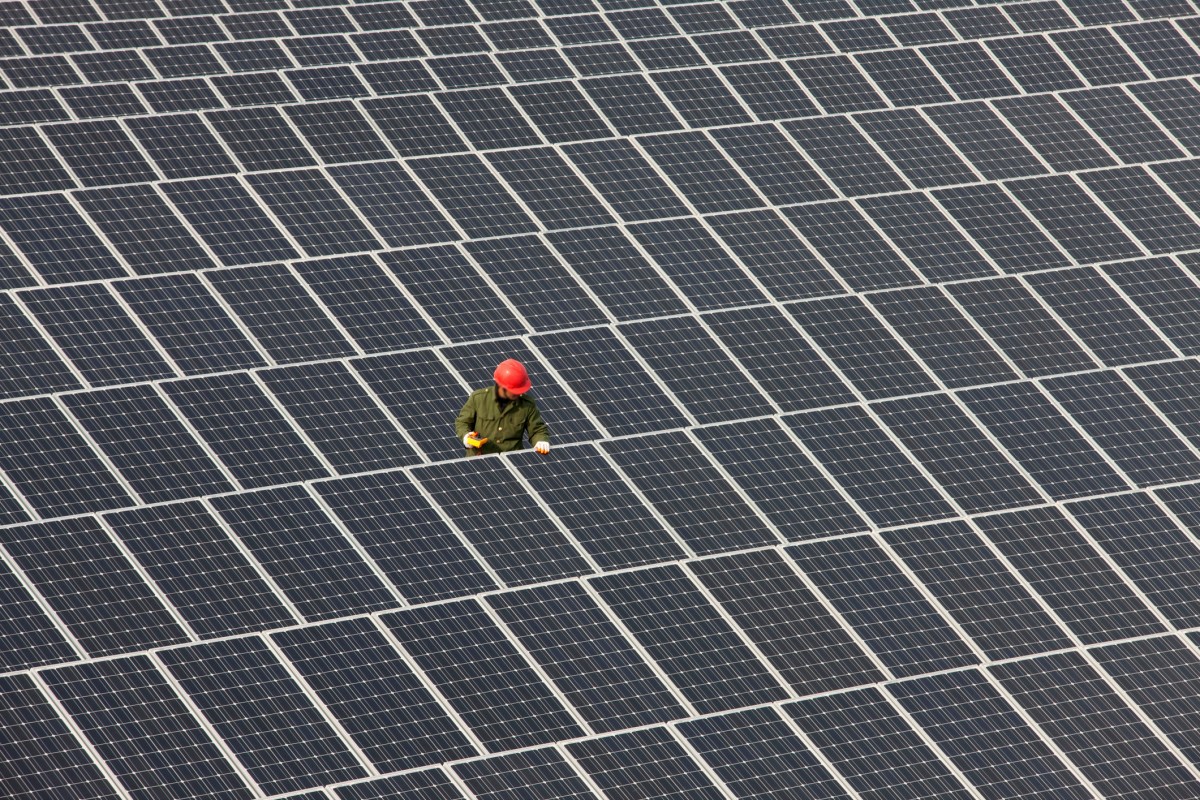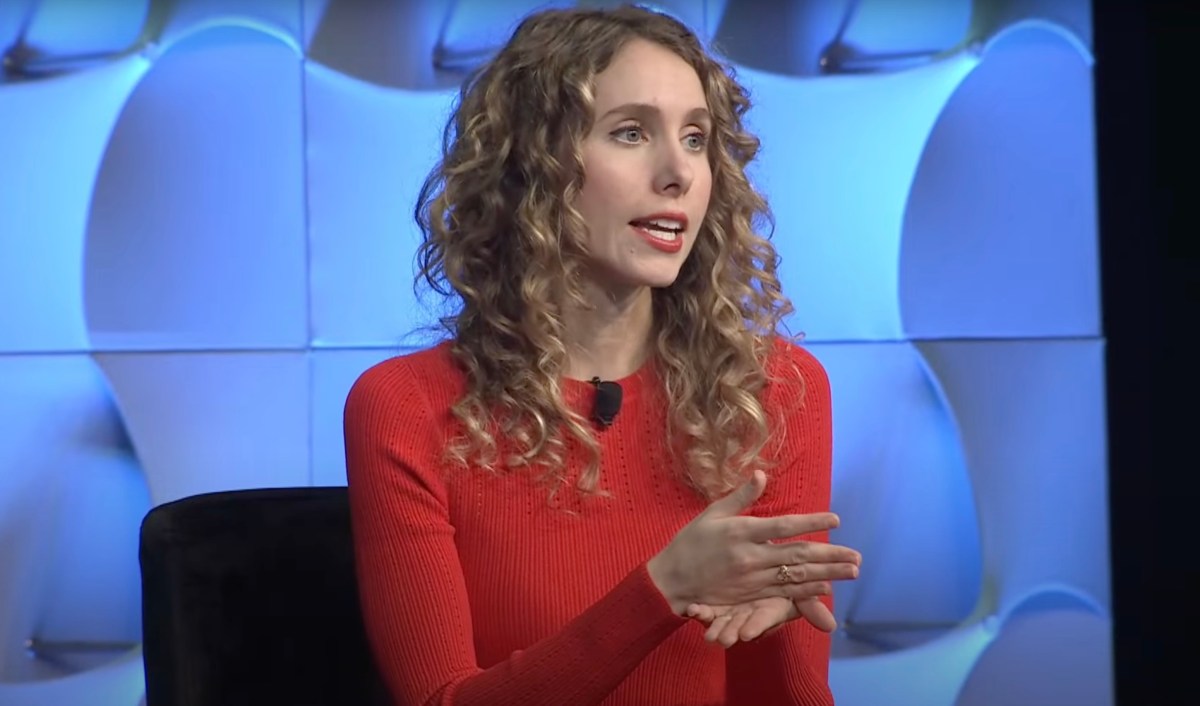Here is the rewritten content without changing its meaning, retaining the original length, and keeping proper headings and titles as required:
Microsoft Expands Renewable Power Portfolio to Meet AI Ambitions
Microsoft has added 389 megawatts of renewable power to its portfolio as the tech giant accelerates to meet the energy demands required to support its ambitious AI initiatives.
Three New Solar Projects Join Microsoft’s Renewable Energy Portfolio
The additional renewable power comes from three solar projects developed by EDP Renewables North America, two located in southern Illinois and one outside Austin, Texas. Microsoft is purchasing a mix of electricity to fuel its nearby operations and renewable energy credits to cover demand elsewhere.
Microsoft’s Renewable Energy Purchases Total Nearly 20 Gigawatts
According to Microsoft’s 2024 sustainability report, the company has contracted nearly 20 gigawatts of renewable energy capacity. This latest purchase represents around 2% of the total, demonstrating Microsoft’s growing commitment to renewable energy.
Microsoft’s Rush to Procure Renewable Power
Like many of its peers, Microsoft has been rapidly procuring power to feed its cloud and AI operations. The company has turned to renewable energy as a cost-effective and deployable solution, leveraging wind and solar power to support its data centers.
The Speed and Cost-Effectiveness of Solar Power
Solar power is particularly well-suited for rapid deployment, with new solar farms able to produce electricity in as little as 18 months. This allows developers to commission projects in phases, enabling data centers to access electricity quickly.
Enabling 24/7 Power with Hybrid Installations
To provide power continuously, some renewable developers are turning to hybrid installations that combine solar and wind power with energy storage solutions. This approach enables the generation of electricity around the clock, supporting Microsoft’s 24/7 data center operations.
Renewable Energy Purchases Support Microsoft’s Carbon Negative Pledge
Microsoft’s renewable energy purchases enable the company to power its core operations without generating pollution. This commitment is also crucial in helping Microsoft meet its pledge to become carbon negative by 2030.
Carbon Removal and Negative Emissions
To achieve negative emissions, Microsoft is investing in various carbon removal technologies, including direct air capture, enhanced rock weathering, and reforestation. The company has also partnered with Chestnut Carbon to buy over 7 million tons of carbon credits, enough to cover about half of Microsoft’s emissions in 2023.
Stay Up-to-Date with TechCrunch’s AI-Focused Newsletter
Stay informed about the latest developments in AI and sustainability with TechCrunch’s AI-focused newsletter. Sign up now to receive it in your inbox every Wednesday.
Source Link





